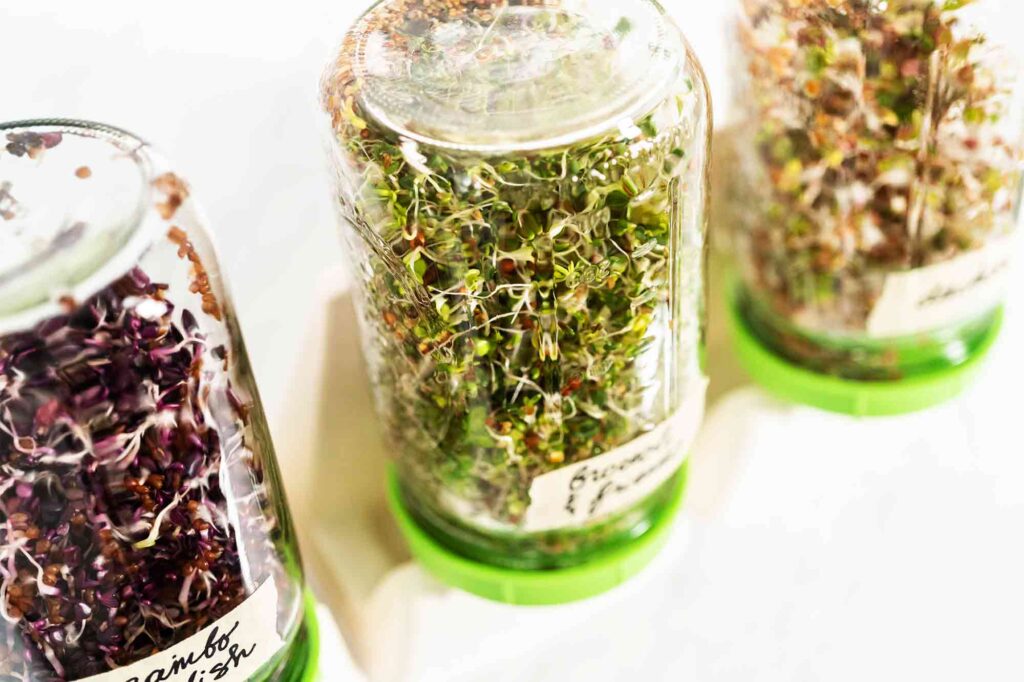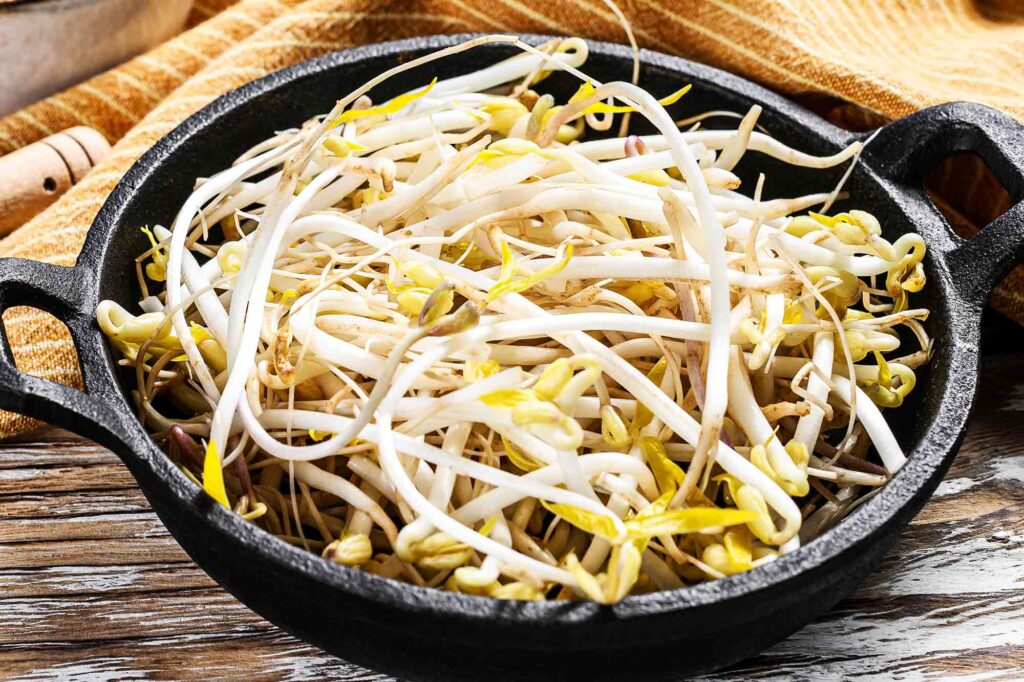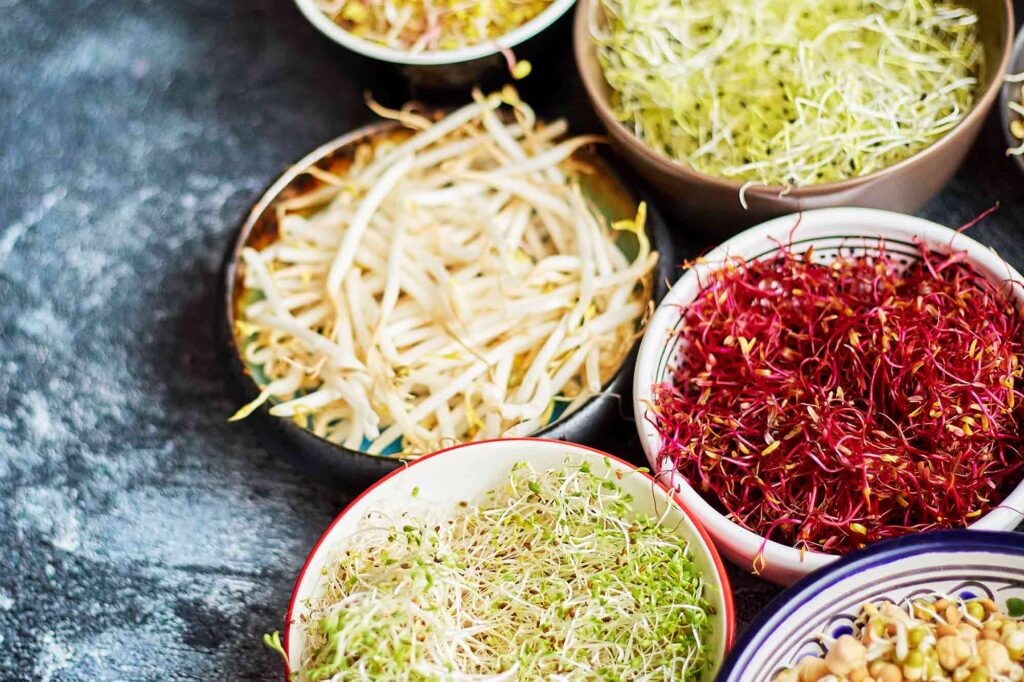How to Sprout at Home: Grow Your Own Salad Ingredients
There’s nothing tastier than preparing your favorite dishes with fresh plants that you’ve sprouted yourself. You can be sure they contain no additives or pesticides, as you’re growing 100% organic plants. Sprouting can be done indoors, and it only takes a few days.
Which Plants Should You Sprout?

Consider sprouting alfalfa, lentils, chickpeas, or mung beans. These are among the easiest plants to sprout. Besides being easy to grow, they are rich in enzymes that make beans easier to digest and often more nutritious, especially when consumed raw.
What Not to Sprout?
Some beans can be toxic if not properly heat-treated.
Beans such as kidney beans, black beans, dark brown beans, and pinto beans are difficult to digest and can be potentially toxic when raw, even though they can technically be sprouted.
Is it Risky?

There is a risk that the seeds waiting to be sprouted might already be contaminated, which can lead to foodborne illnesses. This risk is also present in other raw or undercooked foods. Therefore, those with weakened immune systems should avoid sprouting or consume cooked sprouts to minimize risk.
How to Use Sprouts?
Sprouts are mainly used in soups, salads, and sandwiches. They can also be used in Eastern cuisines as garnishes or spices.
How to Sprout?
- Select Seeds
Choose the plant you want to sprout. It’s important to buy seeds from a health food store to ensure they are clean and safe, as they undergo more rigorous food safety checks. Avoid seeds from gardening stores, as they may contain chemicals. - Clean the Seeds
Wash the seeds thoroughly. Use a clean, sterilized jar, add the seeds, and fill the jar with clean, cold water. - Soak the Seeds
The seeds will absorb water and begin to grow, so leave enough space in the jar. For an alfalfa jar, use about 2 tablespoons of seeds; for beans, fill only 1/4 of the jar with seeds. Cover the jar with a cheesecloth or dense cotton cloth, secured with a rubber band. - Sprouting Process
Let the seeds soak at room temperature for 8-12 hours. The larger the bean, the longer the soaking time. - Drain and Rinse
After soaking, drain the water through the cloth cover. Rinse with fresh water and drain again. Place the jar in a tilted position on a plate or rack to allow any remaining water to drain out. Ensure the jar is not airtight to prevent mold. Repeat the rinsing and draining process twice a day, or three times if the seeds appear to be drying out. - Harvest the Sprouts
Continue this process until the sprouts reach the desired length. Rinse them once more before consuming, drain them well, and pick out any unsprouted seeds. Store them in the fridge in a paper towel-lined container or sealed bag for a few days.

Sprouting
lentils and mung beans generally takes only 1-2 days from the start of sprouting, making them the quickest to grow. The entire process takes about 2-5 days, and you can enjoy your home-grown sprouts.
For alfalfa, after sprouting, place the jar in a sunny window for a few hours. The sunlight helps the leaves produce chlorophyll, turning the plant green. Rinse before adding to your salad or soup.




